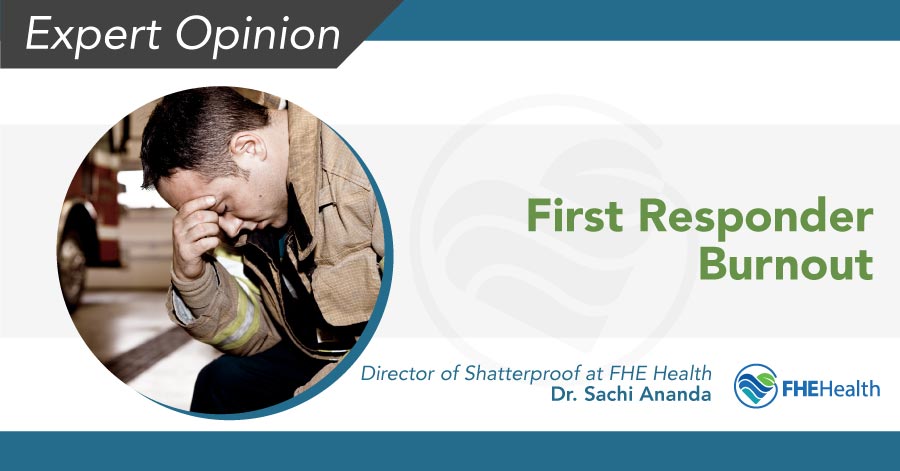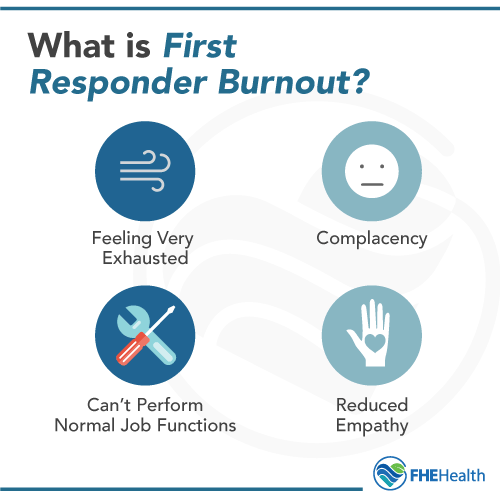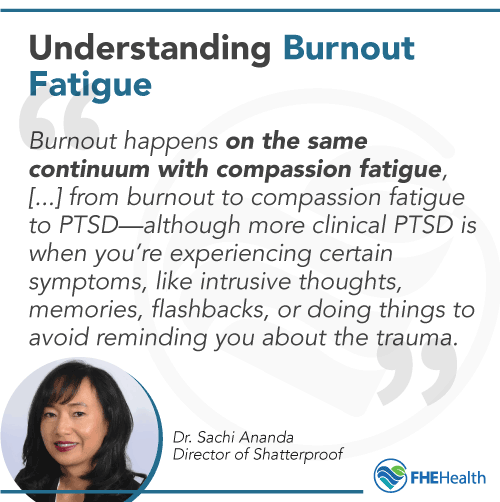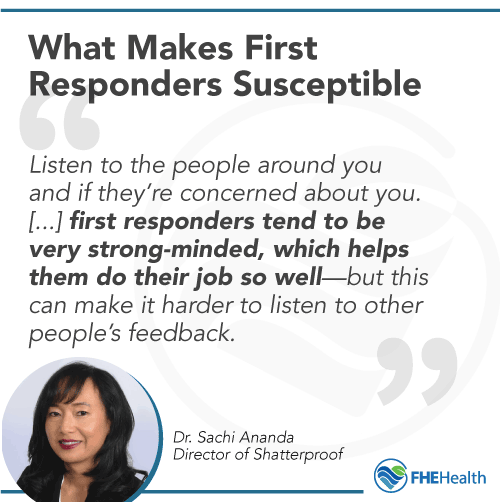
|
|
This article has been reviewed for accuracy by our peer review team which includes clinicians and medical professionals. Learn more about our peer review process.
They are the first to respond to any crisis, disaster, or emergency. When COVID-19 struck, they still were first on the scene and have continued to show up—because that’s their job. These “first responders” are America’s heroes.
Watch any Marvel movie, though, and you’ll soon discover that being a hero has its drawbacks. One big one is burnout. First responder burnout is unique: It has its own distinguishing characteristics and can require a different set of preventative and self-care measures as well as treatment responses.
To better understand this distinctive phenomenon and its impact on first responders and their families, we turned to Dr. Sachi Ananda, Ph.D. As the director of a specialized addiction and mental health treatment program for first responders, Dr. Ananda is intimately familiar with first responder burnout and how to recognize, prevent, manage, and ultimately overcome it.
What follows are highlights from the interview, which might just be a source of hope and support for first responders and their loved ones—not just during a pandemic but at any time.
 Burnout that goes unrecognized can follow a trajectory leading to drug and alcohol addiction and other mental health conditions. In fact, “If you don’t address the burnout, it will probably lead to more severe symptoms that could become a nervous breakdown,” Dr. Ananda said.
Burnout that goes unrecognized can follow a trajectory leading to drug and alcohol addiction and other mental health conditions. In fact, “If you don’t address the burnout, it will probably lead to more severe symptoms that could become a nervous breakdown,” Dr. Ananda said. In the last case, a big cause of compassion fatigue in first responders is “secondary trauma,” according to Dr. Ananda. Secondary trauma occurs from experiencing and observing a traumatic event that is happening or has happened to someone else.
In the last case, a big cause of compassion fatigue in first responders is “secondary trauma,” according to Dr. Ananda. Secondary trauma occurs from experiencing and observing a traumatic event that is happening or has happened to someone else. Self-care and burnout prevention are a team effort. At the very least, that effort should involve both first responders and their families. Sometimes a therapist or treatment provider is also a necessary, if temporary, part of the equation, too.
Self-care and burnout prevention are a team effort. At the very least, that effort should involve both first responders and their families. Sometimes a therapist or treatment provider is also a necessary, if temporary, part of the equation, too.





